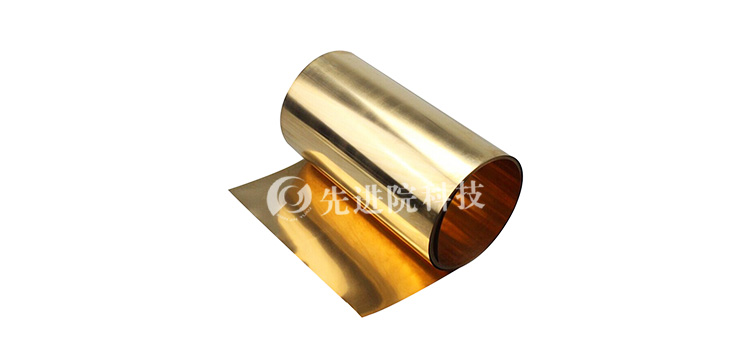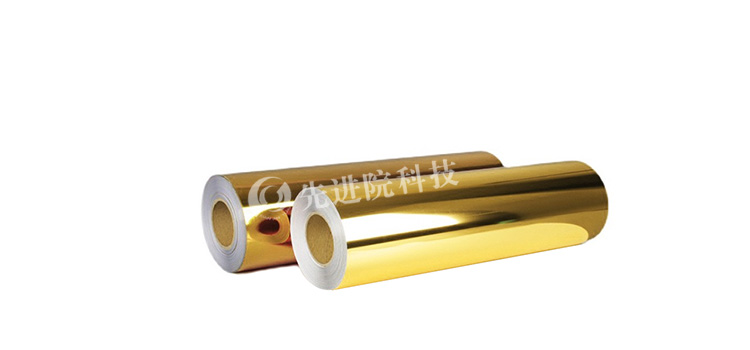

Hotline:0755-22277778
Tel:0755-22277778
Mobile:13826586185(Mr.Duan)
Fax:0755-22277776
E-mail:duanlian@xianjinyuan.cn
With the increasing global awareness of environmental protection and the promotion of sustainable development policies, gold-plated film technology is facing severe challenges in environmental protection while meeting industrial needs. The traditional gold plating process is often accompanied by issues such as high energy consumption, the use of toxic and harmful chemicals, and waste discharge. Therefore, the developmentEnvironmentally friendly gold-plated filmTechnology has become a focus of attention for researchers and industry.Advanced Institute of TechnologyThis article will provide a review of the latest research progress in environmental protection technology for gold-plated films.
The cyanide gold plating process is widely used due to its excellent coating quality, but its toxicity poses a serious threat to the environment and the health of operators. In order to reduce the use of cyanide, researchers have developed cyanide free gold plating technology. These technologies include thiosulfate gold plating, citrate gold plating, and non cyanide composite gold plating.Cyanide free gold plating technologyIt has obvious advantages in reducing environmental pollution and improving job safety, but the uniformity and corrosion resistance of its coating still need further optimization.

The energy consumption issue of gold plating technology has always been a bottleneck in the development of environmentally friendly technologies.Low energy gold plating processBy optimizing parameters such as current density, plating solution temperature, and plating solution composition, energy consumption has been effectively reduced. In addition, the application of pulse electroplating technology has significantly reduced energy consumption and improved the quality of the coating. Although the low-energy gold plating process has significant economic advantages, its stability and reliability on an industrial scale still need further research.
The additives used in the gold plating process are often difficult to biodegrade, leading to environmental pollution. Developing biodegradable gold plating additives has become a new research direction. These additives can be decomposed by microorganisms after gold plating, thereby reducing long-term pollution to the environment. At present, research on biodegradable additives based on natural polymers and microbial metabolites is gradually emerging, but challenges in terms of gold plating effectiveness and cost-effectiveness still need to be overcome.
The conservation and recycling of water resources are the key to environmentally friendly gold plating technology. By establishing efficient water treatment and circulation systems, the consumption of fresh water and the discharge of wastewater can be significantly reduced. Modern water treatment technologies, such as reverse osmosis, electrodialysis, and membrane bioreactors, have been successfully applied to the treatment and reuse of gold-plated wastewater. However, the high initial investment and operating costs of these systems are issues that need to be considered during the promotion process.
The environmental friendliness of electroplating solution is another important aspect of the environmental friendliness of gold plating process. Researchers are committed to developing harmless and low toxicity electroplating solutions to replace traditional electroplating solutions containing heavy metals and organic solvents. For example, research on water-soluble polyurethane and water-based acrylic resin as electroplating solution matrices has made progress. In addition, the application of nanotechnology has also shown potential in improving the performance and environmental friendliness of electroplating solutions.
The application of nanotechnology has brought revolutionary changes to gold plating technology. Nanoparticles, due to their unique surface and quantum size effects, can significantly improve the adhesion, uniformity, and corrosion resistance of coatings. In the preparation process of nano gold plating film, nano materials can serve as catalysts or stabilizers, thereby reducing the use of harmful chemicals and improving the utilization efficiency of electroplating solution. althoughNano gold plating filmIt shows broad application prospects, but its long-term environmental impact and safety assessment still need to be further studied.

Environmentally friendly gold plating film technologyResearch and development are key to achieving sustainable development in the materials industry. The latest research in the fields of cyanide free gold plating technology, low-energy gold plating process, biodegradable additives, water resource recycling, green electroplating solution, and the application of nanotechnology all provide possibilities for achieving environmental protection of gold plating film technology. However, the commercialization and large-scale application of these technologies still face many challenges, including technological maturity, cost-effectiveness, environmental safety, and regulatory policies. Future research needs to further deepen innovation in these fields to promote the development of gold plating film technology towards a more environmentally friendly, efficient, and economical direction.


Advanced Institute (Shenzhen) Technology Co., Ltd, © two thousand and twenty-onewww.avanzado.cn. All rights reservedGuangdong ICP No. 2021051947-1 © two thousand and twenty-onewww.xianjinyuan.cn. All rights reservedGuangdong ICP No. 2021051947-2